Top cat: Lord Mountbatten’s Jaguar rides again
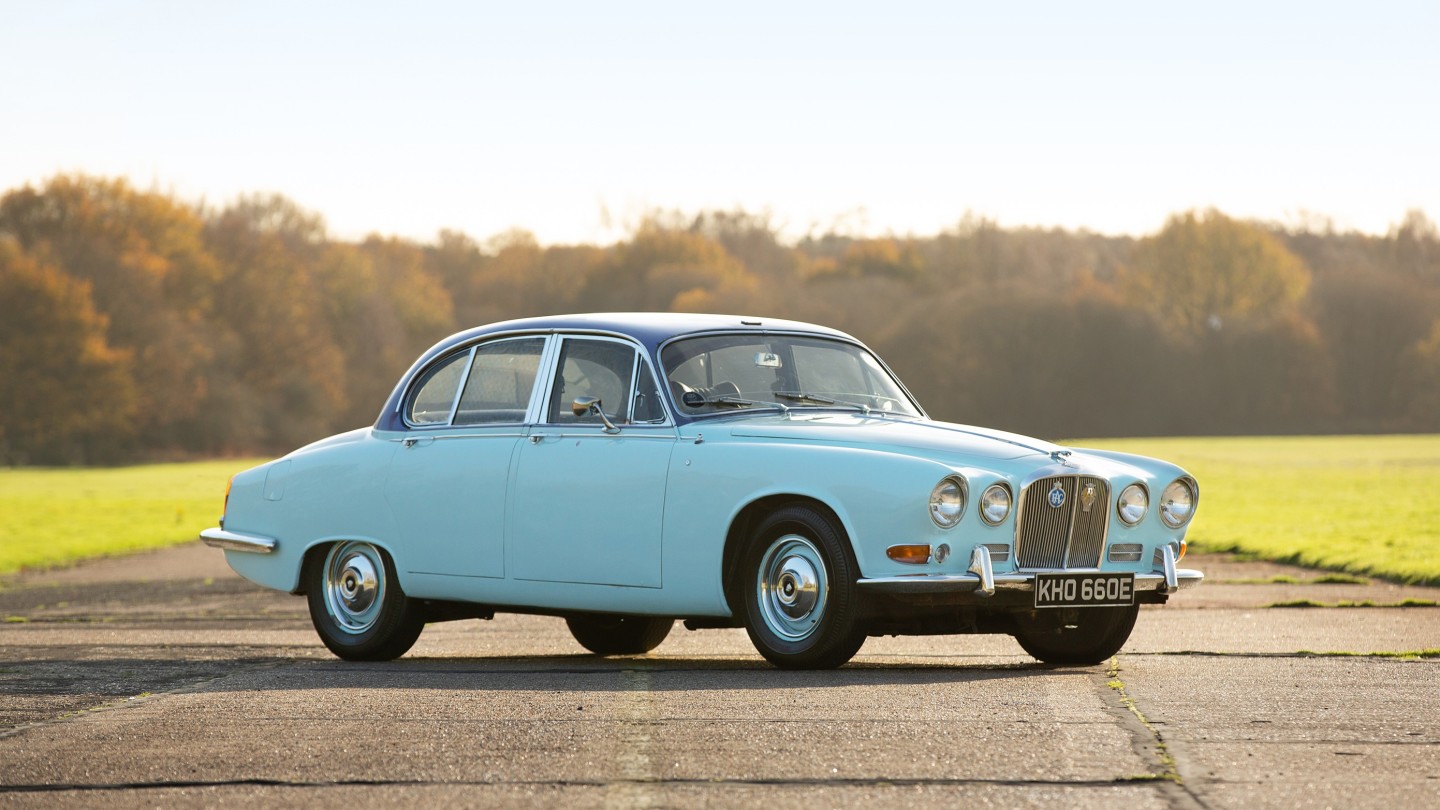
Roula Khalaf, Editor of the FT, selects her favourite stories in this weekly newsletter.
You have to be a pretty low-octane petrolhead to be unaware that the E-Type celebrates its 60th birthday this month (the car was first unveiled in Geneva on 15 March 1961). Jaguar is creating six “matched pairs” of its most famous two-door, honouring the Geneva motor-show cars of 1961; and celebrity leather worker Bill Amberg is trimming a series of gleaming grande-luxe models of the car for Helm, a company singularly devoted to the restoration of Series 1 E-Types.
Sixty years ago, a little over £2,000 and a triple-carburetted 3.8-litre engine would take you to a claimed 150mph on the, as then, unlimited motorways. Over its 15-year lifespan, the E-Type had drivers as diverse as Steve McQueen and Benny Hill.

But for Jaguar, the 1960s were about more than this King’s Road riposte to the Ferrari 250; they were also the golden age of the Jaguar saloon. Cops and villains constantly chased each other on the screen and around the streets in Mark 2s (Inspector Morse’s Jaguar fetish didn’t come out of nowhere). Then, at the Earl’s Court motor show of October 1966, Jaguar introduced the flat-fronted 420. It borrowed something of the aesthetics of the Mark X, Jaguar’s range-topping super saloon, and significantly its large 4.2-litre engine, plus its seductive Varamatic power steering, all packed into a more concise vehicle.
Although today it’s somewhat overlooked as a classic and was only in production for a couple of years in the late 1960s, it sold well and on 27 February of the following year an intriguingly specced 420 left the factory with one of the first heated front windscreens and – an idiosyncrasy in those days – a head restraint on the passenger seat.
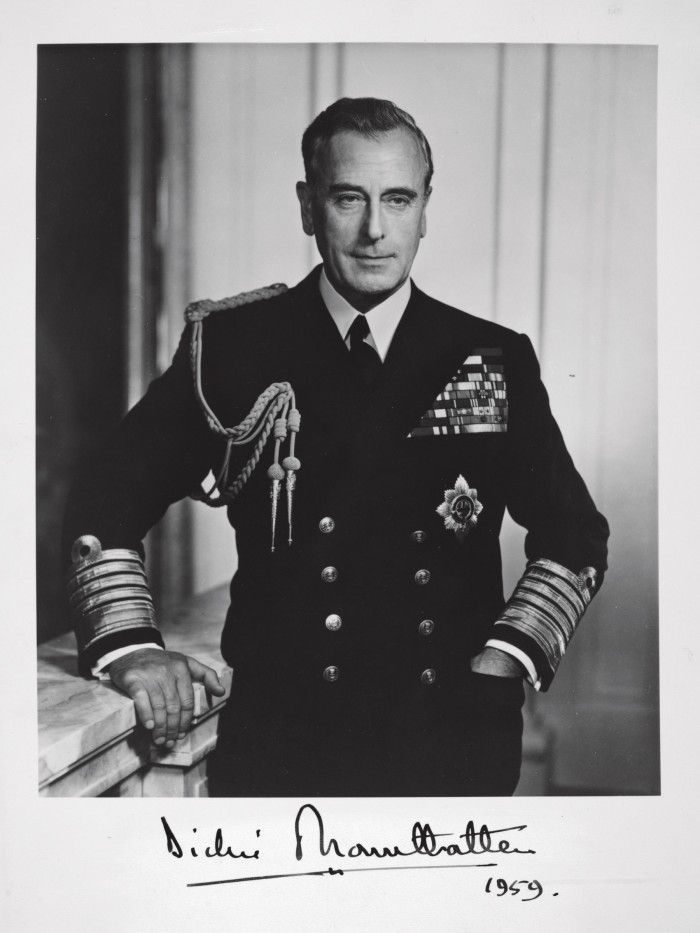
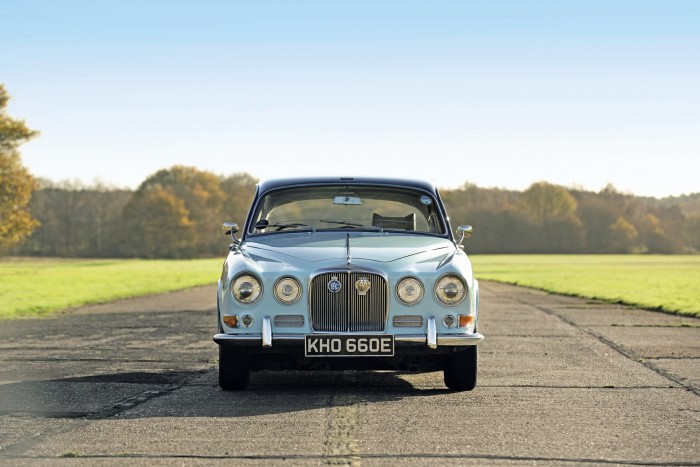
A clue to its ownership lay in the paint code LSC 32872, better known as “Mountbatten Blue”. Although a Rolls-Royce man in his younger years (his colossally wealthy wife Edwina had bought him one as a wedding present), by the 1960s the tech-obsessed Mountbatten had a standing order at the Jaguar works that his cars should be delivered in his eponymous hue. If you bid through Sotheby’s on 24 March, you could make it yours, with the help of a spare £10,000-£20,000. I’m unlikely to throw my driving gloves in the ring, but I did put the car through its paces earlier this year.
Even on a Surrey airfield in wind-chilled, snow-swept February, Mountbatten’s 420 has the power to summon something of the ghost of one of the more colourful members of the extended royal family. There is a sense of occasion about the starter button that Mountbatten would have loved. With a curl of the toe on the accelerator and a rustle under the bonnet, it wafts up and down the airstrip, making good on the Jaguar slogan of grace and pace if not so much space; the rear seating is best described by the euphemism “compact”.
As Supreme Allied Commander in South East Asia during the second world war, Mountbatten used to drive a Willys Jeep at speed with his arms and elbows almost level with his shoulders for “the purpose of ventilation”, and I found myself adopting this very driving stance, resting my elbow on the pleasingly peeled wooden waist-rail and controlling the large steering wheel with just thumb and index finger.
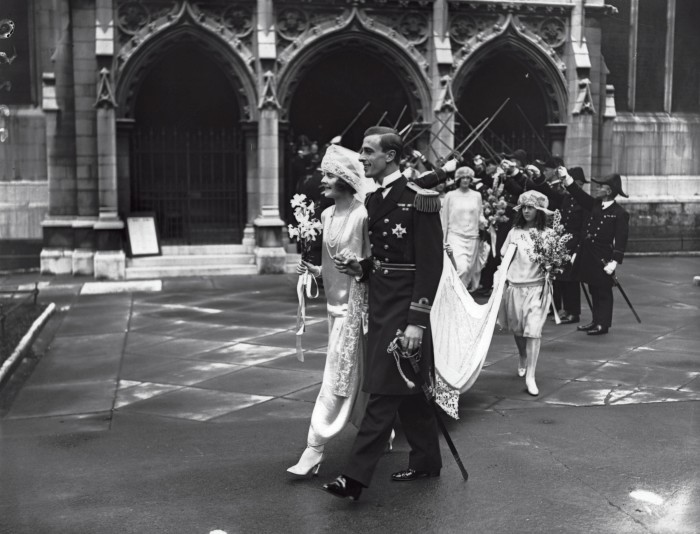
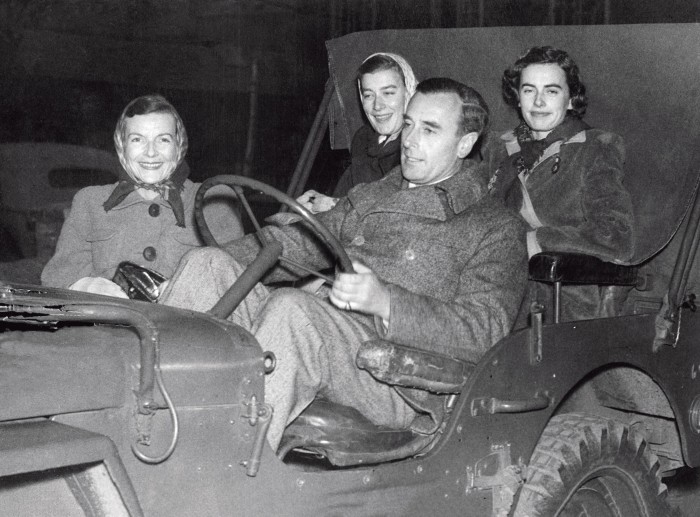
It is a car that fuses his love of the latest in gadgetry with an addiction to pageantry. One only has to look at a photo of “Dickie” in a uniform bedizened with braid, decorations galore and, occasion permitting, a sash to know that ornament was important to him; and happily the passenger and driver doors carry a little transfer of the Mountbatten cipher encircled by the garter and topped with an earl’s coronet. But, alas, the radiator mascot he used to put on all his cars, a silver sailor waving miniature signal flags that fluttered in the wind, has been replaced by the more conventional pouncing cat that gives the marque its name. An external mounting above the windscreen is all that remains of the car’s most useful accessory: a crown that was moved from car to car and that warrants frequent mentions in his diaries.
“I drove myself up in the Jaguar,” he writes of the Duke of Windsor’s funeral in 1972. “I had put the red crown up so as to have no trouble with the police and drove at very high speed, so much so that I reached the outskirts of old Windsor in just over one hour.”
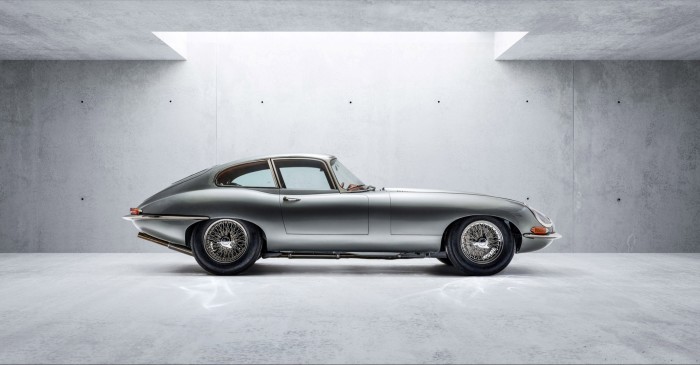
As well as making him immune to speeding fines, the crown functioned as an early form of sat-nav. “I then drove as fast as I could to the VIP Lounge at London Airport and managed to find it without any difficulty. The crown of course helped us and various police on the route waved us in the right direction.”
By the wedding of Princess Anne and Captain Mark Phillips, it was redirecting other road users – as he writes. “I managed to get hold of a policeman and drawing his attention to the red crown on my car got him to hold back the oncoming traffic.”
Without the crown that transformed the British police into a sort of personal AA at Mountbatten’s service, the old 420 may not be invisible to speed cameras and capable of stopping traffic. Nevertheless, it is still more than good-looking enough to turn a few heads
Letter in response to this article:
Did the royal speedster need tank evasion tactics? / From John Breen, Hong Kong
Comments